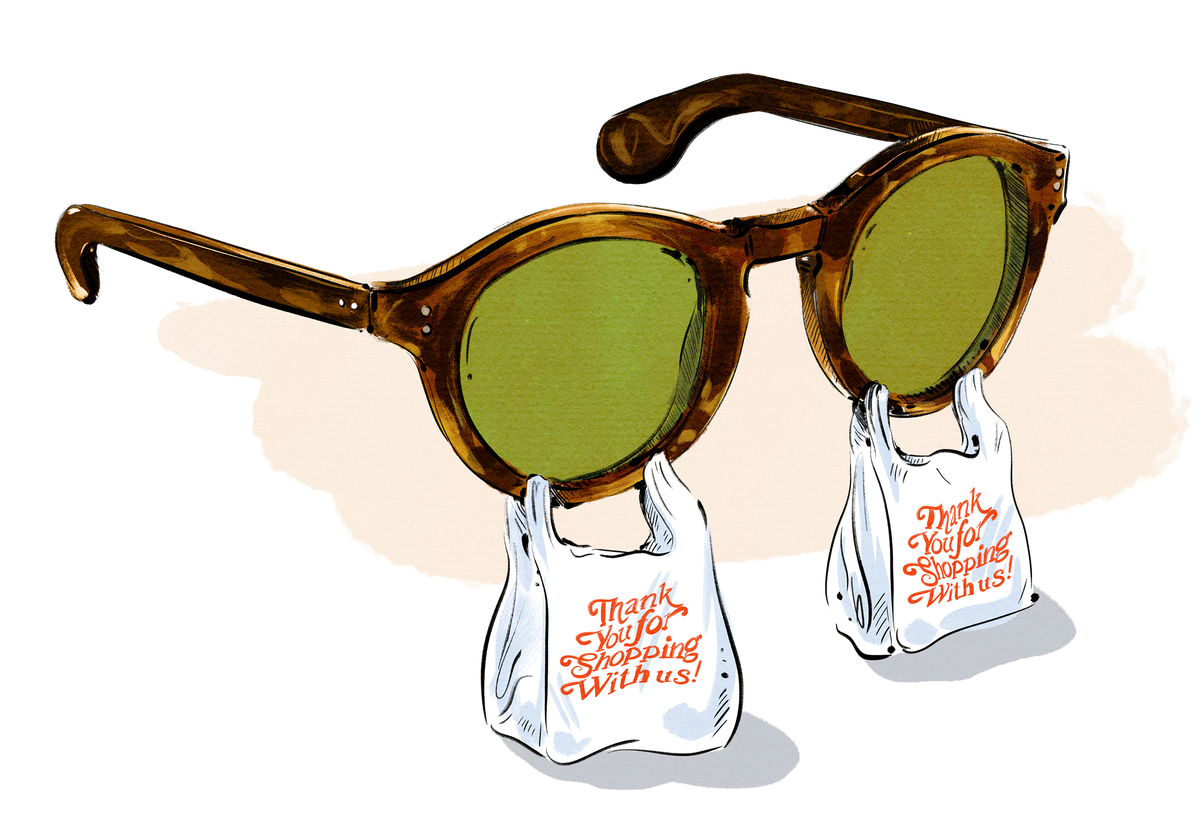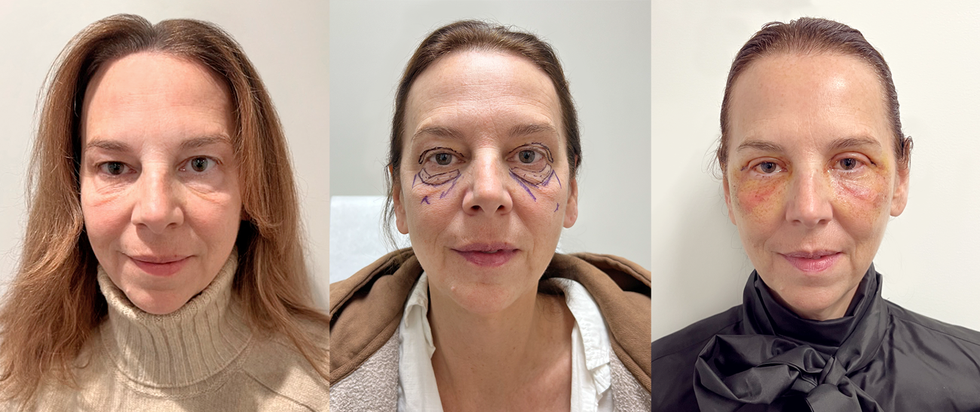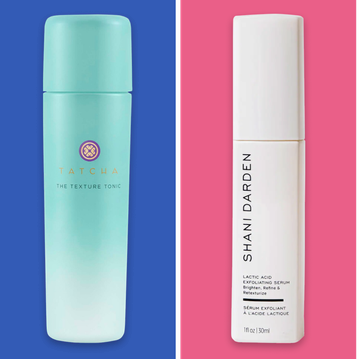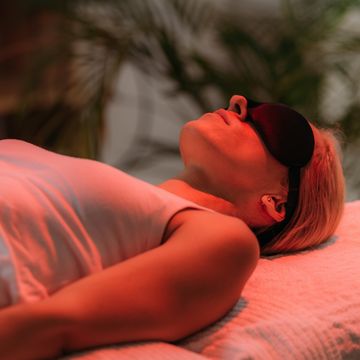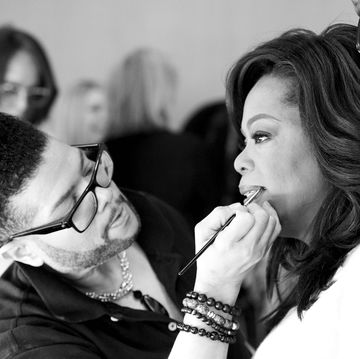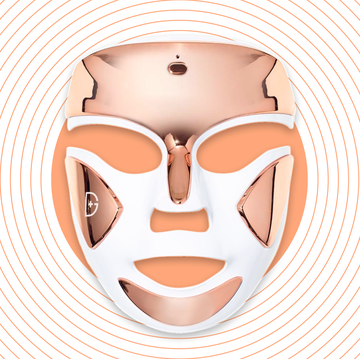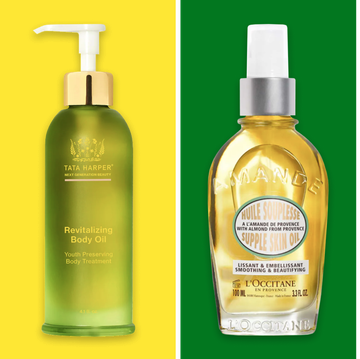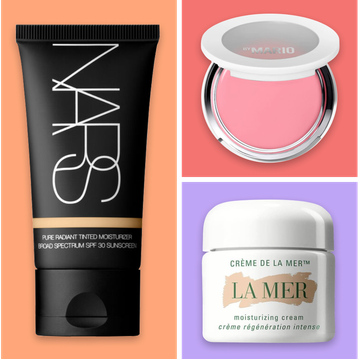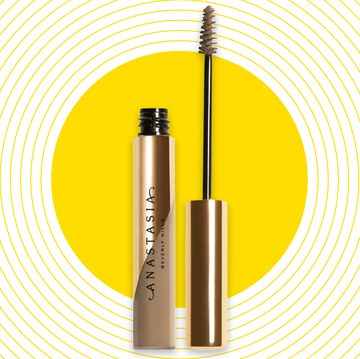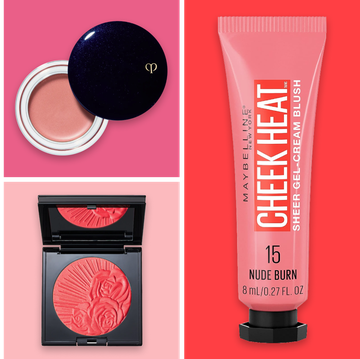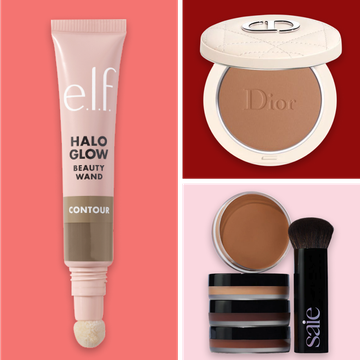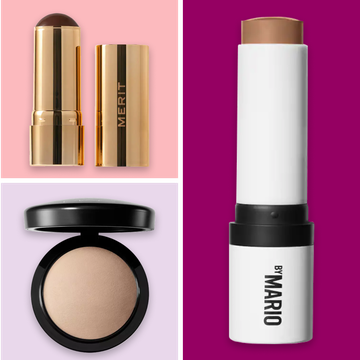For the past eight years, at least three times a day, someone has said to me, “Oh, you look tired! Are you tired? You’re tired.”
I’m not tired. But I looked exhausted because of the bags under my eyes. My eyes have always been the thing I felt uncomfortable about. I had dark circles, but I also held fluid in the bags underneath my eyes. There’s a term for these—they’re called “festoons”—but I think of them as fat pads under the eyes. And in some people, like me, they get inflamed. It’s genetic.
As I’ve aged, the bags have gotten worse. I’ve done lymphatic massages and facials and tried different cover-ups and eye creams, but these were Band-Aids, temporary fixes. Then I hit a certain age, and there was just no more hiding them with cover-up. I did a lot of research and got to the point where I knew surgery was the only way to solve my problem. I’m a scaredy-cat—I don’t do things like have elective surgery, especially on my face. But I was so tired of people asking me if I was tired!
More From Oprah Daily
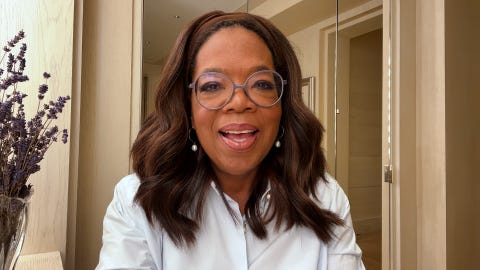
I decided to see an oculofacial plastic surgeon, someone who specializes in the area around the eyes. I realized I was really going to do it when I met Robert Schwarcz, MD, a cosmetic and reconstructive surgeon in the New York City area. I felt so comfortable with his approach. The first three doctors I consulted with showed me their “before” and “after” photos. Dr. Schwarcz also asked me for pictures of myself in my 20s, 30s, and 40s, so he could study them and have them up in the operating room. His point was: “I want to make you look refreshed. You will not look tired any longer. You will look like you.” I just loved his philosophy, so I went for it. I was very nervous, though.
I really got four procedures in a single two-hour office visit. First, the doctor did a blepharoplasty, or upper eyelid surgery, removing excess skin and, in my case, reducing excess fat. Basically, it looks like he gave me new eyelids; the scars are hidden in the creases. Then, because I had such terrible bags under my eyes, he did a lower blepharoplasty, where he pulled down my lower eyelids, made an incision, and removed the fat pads. Next, to fill in the extra space and make the areas look smooth and not sunken, he did a fat graft. He went in through my belly button and took fat from my abdomen, spun it through a centrifuge, then pulled usable fat into a syringe and injected it under my eyes to create a smooth contour. Finally, he did a CO2 laser treatment to address fine lines, wrinkles, and pigmentation issues.
The first 72 hours post-surgery were a hassle, because I had to ice my eyes every 15 minutes and sleep upright. I was given a prescription for painkillers, but I never used them. Nothing hurt, not once! I had it done on a Thursday and went to the office on Monday, with big sunglasses on to protect the bruised skin under my eyes. I had told everyone at work that I was doing this; I was so excited. My stitches were removed a week later.
Dr. Schwarcz told me it would take three to six months for the swelling to go down, but three months in, I see a huge difference. I just think, What took me so long? This is such a feel-good moment. I did something for me, and I feel really, really happy about it. I don’t even wear makeup most days. It’s exciting and empowering; the best thing I’ve ever done. I finally look like myself—like a very well-rested version of myself.
Rae Ann Herman is Oprah Daily’s market director.

A New-York-based freelance writer and editor, Eleni N. Gage is the author of the travel memoir North of Ithaka, the novels Other Waters and The Ladies of Managua, the gift book Lucky in Love: Traditions, Customs, and Rituals to Personalize Your Wedding, and the children’s ebook Wiggly Tooth.
